AI in Manufacturing: Transforming Efficiency, Sustainability, and Tomorrow
MEM
SEPTEMBER 19, 2023
Consider a smartphone assembly line, where thousands of components come together. Supply Chain Optimization in Automotive Manufacturing In the automotive manufacturing sector, supply chain efficiency is paramount. The result? Streamlined operations, reduced expenses, and increased competitiveness in the market.

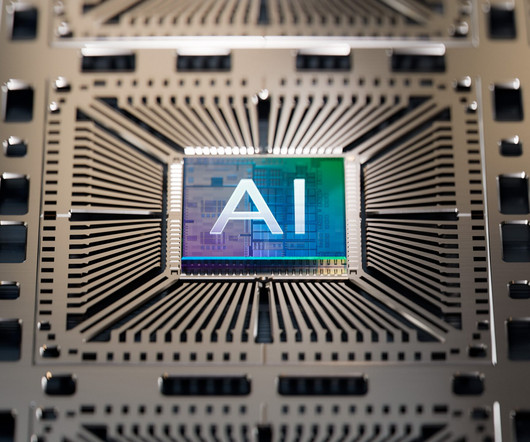

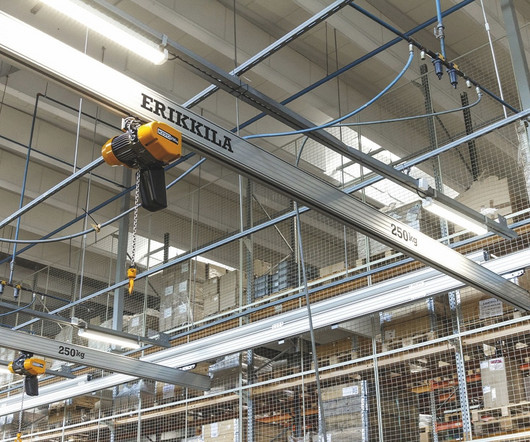

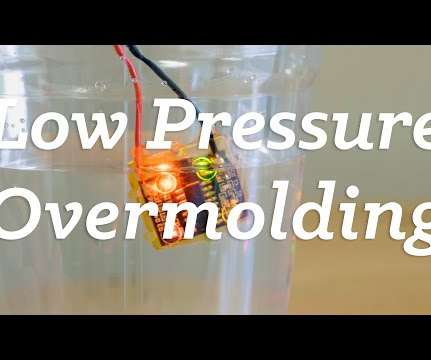
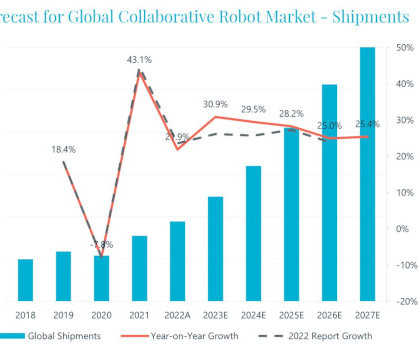
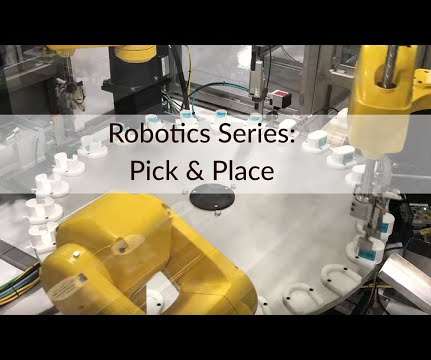
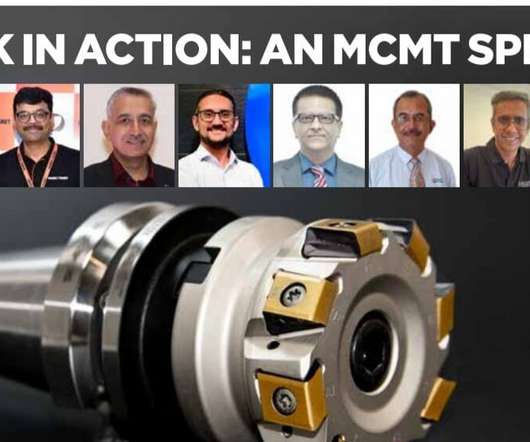






Let's personalize your content